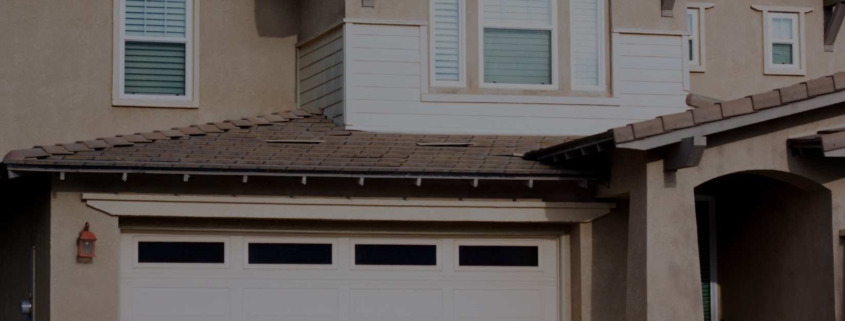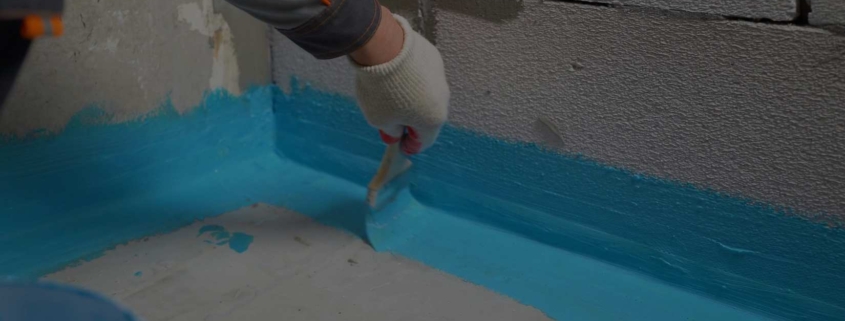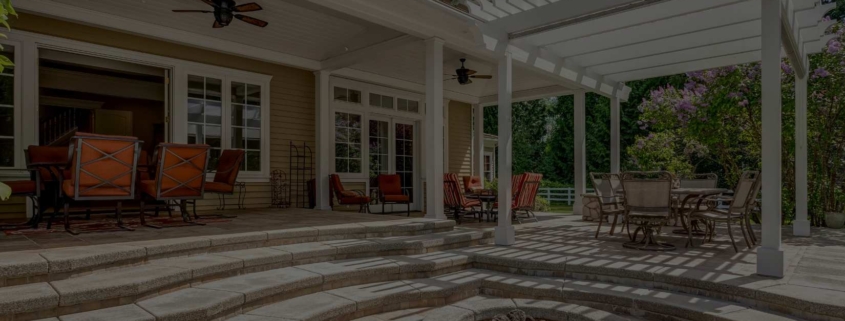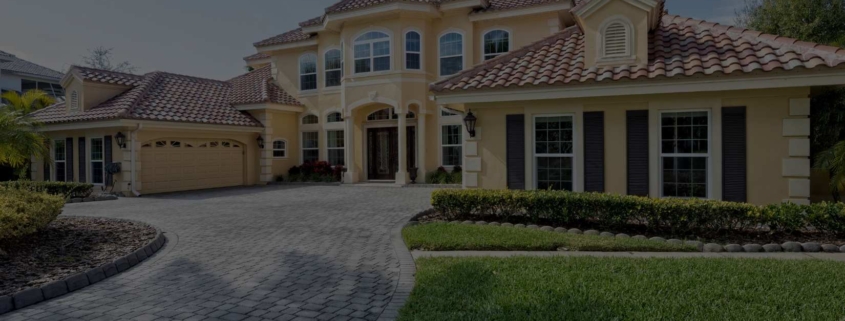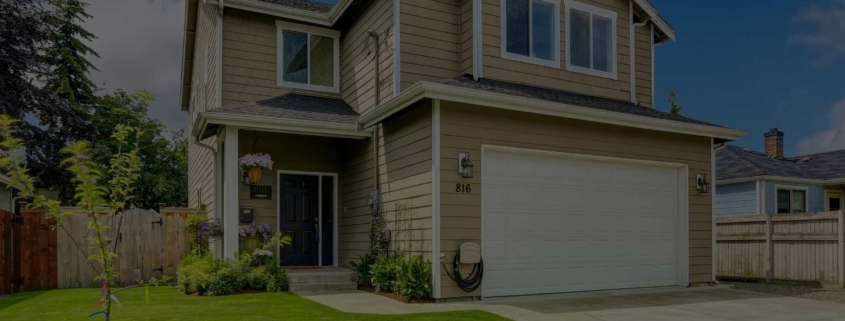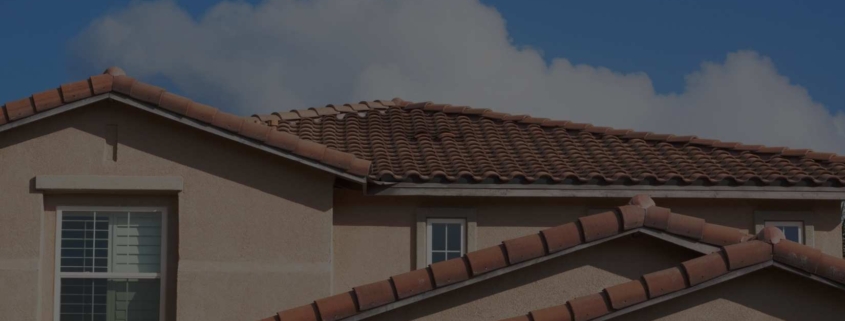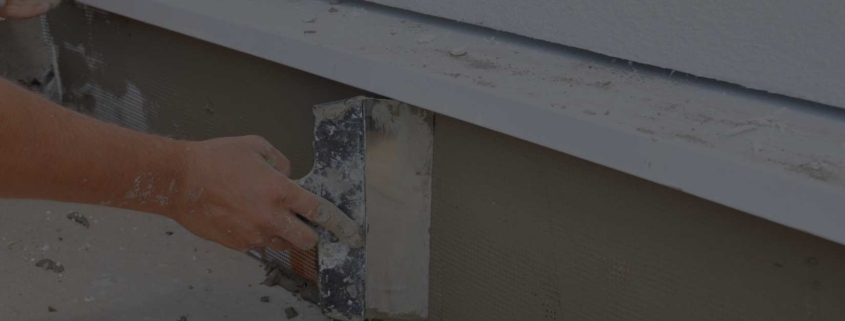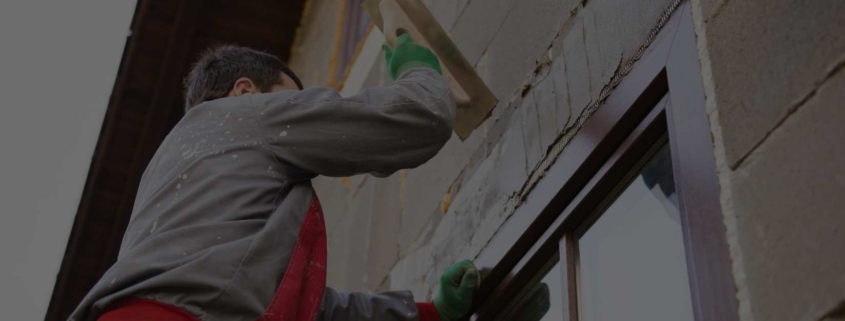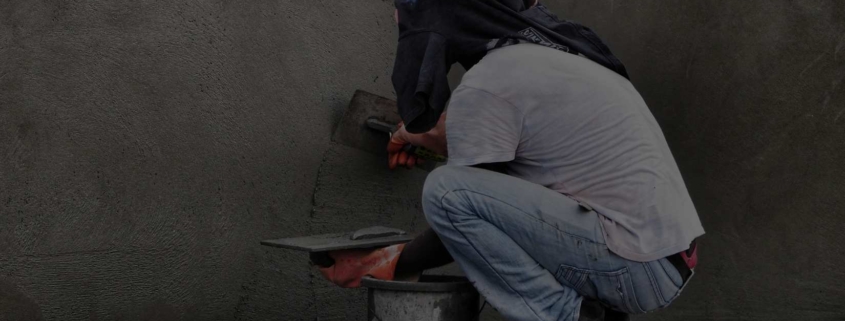Parging may not be a common term for most homeowners, but it serves a vital role in safeguarding and enhancing a home’s exterior. Parging involves the application of a cementitious mixture to a wall’s surface, providing an extra layer of protection against damage from the elements while also adding an attractive finish that boosts your property’s curb appeal. Whether you have a concrete block, brick, or stone wall, parging offers numerous functional and aesthetic advantages for your home’s exterior.
In this in-depth guide, we will examine the importance of parging, its myriad benefits, and the process involved in expertly applying it to your home. Furthermore, we will highlight the bespoke services of Red Robin Masonry, Toronto’s most trusted masonry company, and how our skilled professionals can provide tailor-made parging solutions to protect and enhance the external surfaces of your home.
Join us as we delve into the exciting world of parging and its countless benefits for your home’s exterior, while introducing you to the exceptional craftsmanship and expertise of Red Robin Masonry, your trusted partner in protecting and beautifying your property.
The Role of Parging: Functional and Aesthetic Benefits for Your Home
Parging serves multiple purposes, providing both functional and aesthetic benefits for your home’s exterior. A quality parging application plays a crucial role in safeguarding the external surfaces while adding visual appeal. Here are some key benefits that illustrate the importance of parging:
- Enhanced Protection: Parging adds a protective layer to your home’s exterior walls, shielding them from harsh weather conditions, water infiltration, and potential damage.
- Better Insulation: The added layer of parging can improve thermal insulation, helping to regulate indoor temperatures and potentially lower energy costs.
- Concealing Wall Imperfections: Parging’s smooth and attractive finish can cover minor imperfections and blemishes on your home’s exterior walls, delivering a polished appearance.
- Improved Curb Appeal: Parging can elevate the visual appeal of your home, offering multiple design options to match your desired aesthetic.
With Red Robin Masonry’s high-quality parging solutions, you can enjoy the numerous benefits that parging offers, increasing the value, functionality, and attractiveness of your home.
The Parging Process: What to Expect from Red Robin Masonry’s Expert Services
Parging is a specialized process that requires the skill and expertise of an experienced masonry company like Red Robin Masonry. Our seasoned professionals follow a meticulous approach, ensuring a flawless application for lasting results. The parging process typically involves the following stages:
- Surface Preparation: Proper preparation is crucial for an effective and long-lasting parging job. Our team starts by cleaning the wall surface, removing any dirt, debris, or loose paint to ensure a smooth and even application.
- Mixture Preparation: A high-quality parging mixture is vital for achieving the desired level of protection and finish. We carefully mix cement, sand, and water in precise proportions to create a durable and malleable mixture.
- Application: The parging mixture is expertly applied to the wall surface using a trowel, ensuring even coverage and smooth distribution throughout the area.
- Finishing Touches: Depending on your aesthetic preferences, our craftsmen might apply various finishes or textures to the parging layer, adding a unique and personalized touch to your home’s exterior.
Red Robin Masonry’s proficient approach and unwavering commitment to excellence guarantee a seamless, professional parging application that enhances your home’s protection and appearance.
Parging Maintenance: Tips for Preserving Your Home’s Exterior
Though parging is a low-maintenance solution, occasional care can extend its lifespan and keep your home’s exterior looking immaculate. Follow these helpful tips to maintain the quality and appearance of your parging:
- Periodic Inspections: Regularly inspect your parging for any signs of damage, such as cracks or eroded areas. Early detection of issues allows for timely repairs, preventing more severe or costly problems from arising.
- Prompt Repairs: If damage or wear is detected, contact a professional masonry company like Red Robin Masonry to address the issue promptly and prevent further deterioration.
- Cleaning: Gently remove dirt, debris, or grime from your parging using a soft brush and mild detergent. Avoid using harsh chemicals or high-pressure water, as they may cause damage to the parging.
By following these maintenance tips and engaging Red Robin Masonry’s expert services, you can ensure the lasting beauty and effectiveness of your home’s parging.
Choosing Red Robin Masonry: Unparalleled Expertise and Exceptional Results
Selecting a trusted, professional masonry company is crucial for achieving the best results for your parging project. Red Robin Masonry stands apart from the competition, providing top-quality parging solutions tailored to your home’s unique needs. The benefits of choosing our services include:
- Expert Craftsmanship: Our highly skilled team of craftsmen possesses the experience and knowledge necessary to deliver exceptional parging solutions for your home’s exterior.
- Tailor-Made Services: We take the time to understand your specific requirements and aesthetic preferences, offering bespoke parging solutions that perfectly match your vision.
- Quality Guarantee: Red Robin Masonry upholds the highest standards of quality, ensuring that our parging applications not only provide unparalleled protection but also contribute to the lasting beauty of your home.
Experience the difference Red Robin Masonry can make, and trust our team to provide the finest parging services available in Toronto.
Protect and Beautify Your Home with Parging Services by Red Robin Masonry
Parging is a valuable investment in your home’s exterior, offering enhanced protection, improved insulation, and elevated curb appeal. Choose Red Robin Masonry, Toronto’s most trusted masonry company, to deliver expert, tailor-made parging solutions that exceed your expectations. We take pride in our commitment to excellence, exceptional craftsmanship, and superior customer satisfaction.
Contact Red Robin Masonry today to discuss parging services in Toronto and experience our unparalleled service and expertise.

